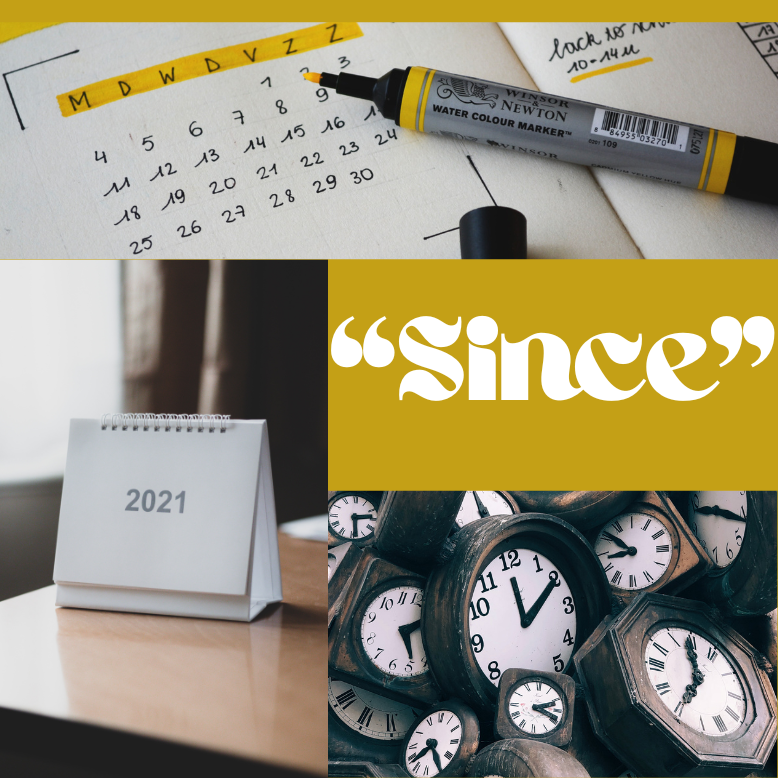Tag: event

Cleft sentence ( It was yesterday that…)
The construction It is... that is known as a cleft sentence, and it is often used to emphasize a specific part of a sentence. Cleft sentences are typically formed by splitting a sentence into two parts: the clause before it is and the clause after that. Here's the basic structure of a cleft sentence: It is [clause before it is] that [clause after that].

Prepositions – “Till” and “Until”
Till and until are used as conjunctions to indicate points in time, conditions, or events in relation to which other actions or events occur. They convey the idea of when something happens, stops happening, or is contingent upon another condition.

Preposition – “Since”
Since can indicate a specific point in time when an action began or an event occurred. Example: I have been working at this company since 2010.

Preposition – “In”
The preposition in can be used to indicate a period of time, especially when you want to convey that something happened during part or all of that time period. Here are some examples: I'll meet you in the morning.

The Sequence of Tenses
The Sequence of tenses refers to the relationship between the tenses in a sentence, particularly when there are multiple clauses with different tenses. The basic principle behind the sequence of tenses is that the tense used in a subordinate clause (a clause that depends on or is part of another clause) is influenced by the tense used in the main clause.